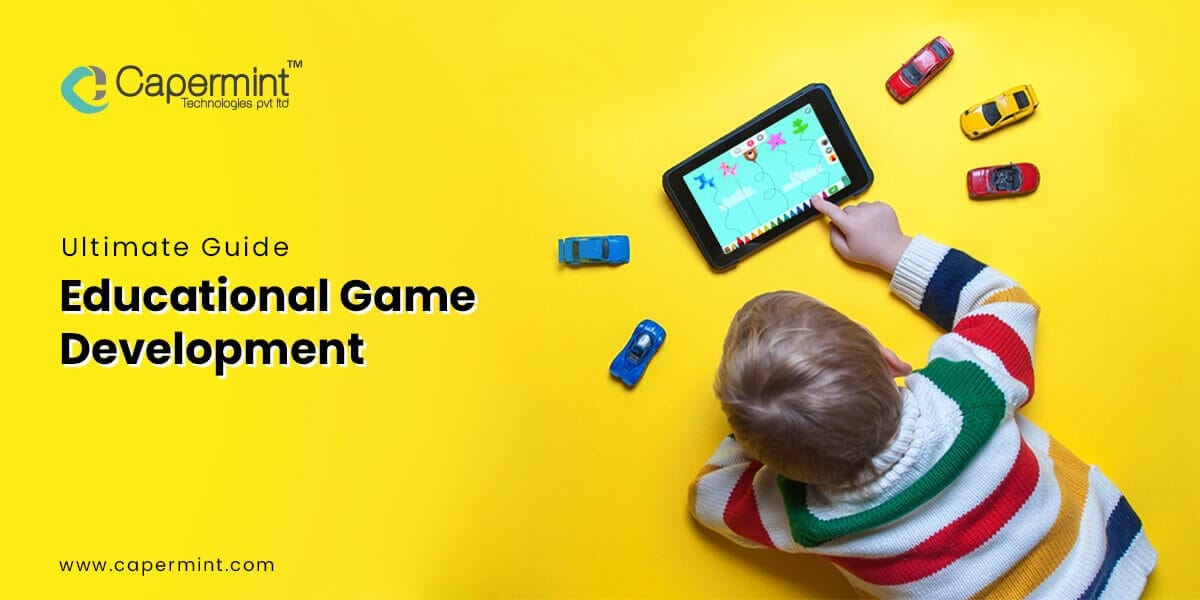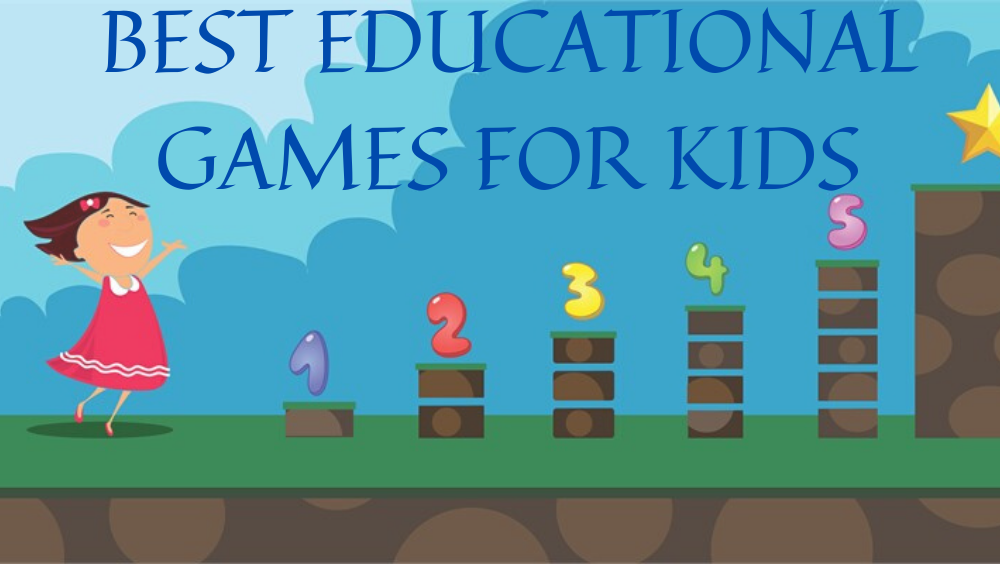
Okay, here is an article about educational mobile games, aiming for approximately 1000 words in English.

Playing to Learn: Harnessing the Power of Educational Mobile Games
In today’s hyper-connected world, mobile phones are no longer just communication devices; they are portals to information, entertainment, and increasingly, education. While concerns about screen time persist, a growing body of evidence suggests that not all screen time is created equal. Educational mobile games, when designed and utilized thoughtfully, can be powerful tools that transform passive consumption into active, engaging learning experiences. Far from being mere distractions, these digital playgrounds offer unique opportunities to captivate learners of all ages, fostering curiosity, building skills, and making the journey of acquiring knowledge genuinely enjoyable.
The concept of learning through play is as old as humanity itself. From building blocks that teach spatial reasoning to board games that hone strategic thinking, play has always been a fundamental mechanism for exploring the world and developing crucial abilities. Mobile games tap into this innate human drive for play, combining it with the portability and interactive capabilities of modern technology. They leverage elements like rewards, challenges, progress tracking, and immediate feedback – features that are inherently motivating and conducive to learning.
One of the most significant advantages of educational mobile games is their unparalleled ability to engage learners. Traditional learning methods, while foundational, can sometimes feel dry or abstract to students. Games, on the other hand, often present concepts within a compelling narrative, a fun challenge, or a simulated environment that feels relevant and exciting. A math problem becomes a quest to build a city, a history lesson unfolds as an interactive story, and science principles are explored through virtual experiments. This intrinsic motivation – the desire to progress in the game – naturally translates into a desire to understand the underlying concepts necessary to succeed.
Furthermore, mobile games offer incredible accessibility and flexibility. Learners can access these tools anywhere, anytime, turning commutes, waiting times, or quiet afternoons into opportunities for learning. This portability is particularly valuable for students who might struggle with traditional classroom settings or who benefit from self-paced learning. The ability to revisit concepts, practice skills repeatedly without judgment, and learn at one’s own speed can significantly boost confidence and mastery.
Beyond engagement and accessibility, educational mobile games are adept at developing a wide range of skills essential for the 21st century. Many games require players to think critically, solve complex problems, strategize, and make decisions under pressure. They can improve memory, logical reasoning, spatial awareness, and reaction times. Games that involve resource management or simulation can teach economic principles or scientific processes in a hands-on, albeit virtual, manner. Multiplayer educational games can even foster collaboration and communication skills as players work together to achieve common goals.
The diversity of educational mobile games is vast, catering to different subjects, age groups, and learning styles. There are games focused on mastering arithmetic facts, building vocabulary in new languages, understanding the principles of physics through puzzle mechanics, exploring historical events through interactive timelines, or developing coding skills through playful challenges. Some games are designed for rote practice, others for conceptual understanding, and still others for creative expression. This variety means that with careful selection, it’s possible to find games that align with specific learning objectives and individual student needs.
However, like any tool, educational mobile games are not without their challenges and considerations. The most common concern revolves around screen time. While the quality of screen time is paramount, the sheer quantity still needs careful management. Balancing digital learning with physical activity, social interaction, and non-digital forms of play and learning is crucial for a child’s holistic development.
Another significant challenge is the variable quality of "educational" games available. The market is saturated, and not every app claiming to be educational truly delivers meaningful learning outcomes. Some may be thinly veiled entertainment with minimal educational value, while others might be poorly designed, frustrating to use, or filled with distracting advertisements and in-app purchases that detract from the learning experience. Parents and educators need to be discerning consumers, researching apps, reading reviews, and ideally, trying games themselves before recommending them.

Furthermore, it’s important to recognize that games are often best used as supplements to, rather than replacements for, traditional teaching methods and real-world experiences. While a game can simulate a science experiment, it doesn’t replace the value of conducting a physical experiment. While a game can teach historical facts, it doesn’t replace the critical thinking involved in analyzing primary sources or discussing historical perspectives. The most effective approach often involves integrating games into a broader learning strategy, using them to introduce concepts, reinforce lessons, or provide practice in an engaging format.
Equity is another important consideration. While mobile phones are widespread, reliable internet access and access to suitable devices are not universal. Relying heavily on mobile games for education can exacerbate existing digital divides, potentially leaving students from less privileged backgrounds behind.
Given these challenges, how can parents and educators effectively harness the power of educational mobile games?
For parents, the key lies in thoughtful selection and active involvement. Don’t just hand over the tablet; explore games with your children. Discuss what they are learning, ask them to explain concepts from the game, and connect the game world to the real world. Look for games from reputable developers or educational institutions. Read reviews from other parents or educators. Pay attention to the game’s mechanics – does it genuinely require thinking and problem-solving, or is it just tapping and memorization? Be mindful of ads and in-app purchases, opting for ad-free or premium versions if possible to minimize distractions. Set clear limits on screen time and ensure a balanced diet of activities.
For educators, integrating mobile games requires pedagogical planning. Identify specific learning objectives that a game can help achieve. Use games as a station activity, a homework assignment, or a whole-class interactive session. Facilitate discussions before and after gameplay to consolidate learning and connect it to the curriculum. Monitor student progress within the game (if the app allows) or through follow-up activities. Consider using games for differentiation, allowing students who need extra practice or advanced challenges to work at their own pace. Professional development can help educators discover high-quality resources and strategies for integrating game-based learning effectively.

Looking ahead, the future of educational mobile games is likely to be even more dynamic. Advances in artificial intelligence could lead to games that adapt more intelligently to individual student needs, providing personalized challenges and feedback. Augmented reality (AR) and virtual reality (VR) are beginning to emerge on mobile platforms, promising even more immersive and experiential learning opportunities. The integration of game mechanics into learning management systems (LMS) could further blur the lines between formal education and playful exploration.
In conclusion, educational mobile games represent a significant evolution in how we can approach learning in the digital age. They offer unprecedented levels of engagement, accessibility, and the potential to develop crucial skills in fun and motivating ways. While challenges related to quality, screen time, and equity must be addressed with careful consideration and balanced usage, the potential benefits are undeniable. By thoughtfully selecting high-quality games and integrating them purposefully into a broader educational ecosystem, we can leverage the power of play to unlock new levels of curiosity, understanding, and achievement for learners everywhere, truly turning our mobile devices into powerful tools for growth and discovery.








